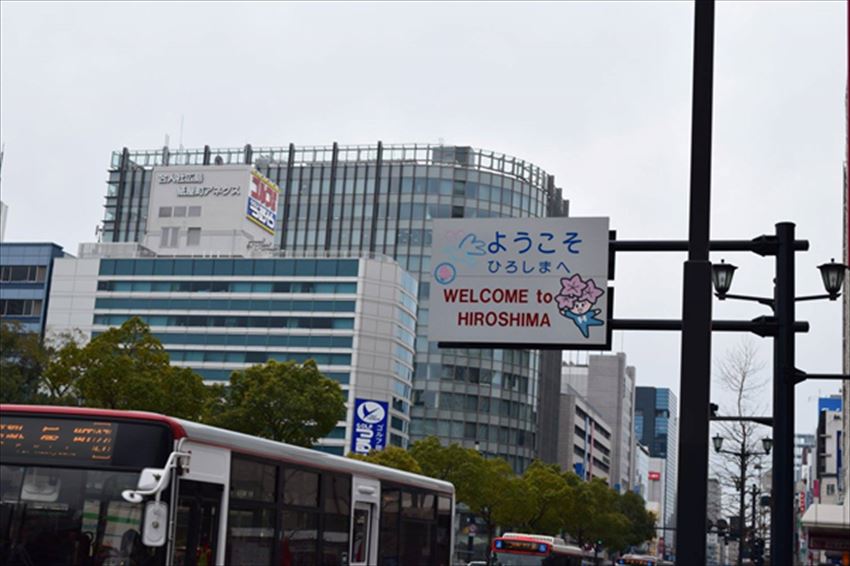
Kami dari Fun Japan juga berharap untuk mempersembahkan informasi wisata yang terjangkau, maka dalam panduan ini kami akan menyediakan informasi bagi pelancong yang memang ingin berwisata sedikit royal maupun bagi pelancong yang ingin berwisata secara hemat.
<Akses Transportasi>
Mewah
Shinkansen: Naik shinkansen dari Hakata ke stasiun Hiroshima merupakan satu dari rute tercepat, namun biaya transportasinya paling mahal. Rute shinkansen yang disarankan adalah JR Sakura 546 yang hanya membutuhkan total waktu 64 menit dan berbiaya sekitar 18.000 yen pulang pergi. Pastikan kamu memesan tiket lebih awal karena harga tiketnya sewaktu-waktu dapat berubah.
Hemat
Bus Malam : Bus Kosoku yang melayani rute bus malam Hakata-Hiroshima berangkat dari Terminal Bus Hakata, menawarkan harga yang terjangkau dan memakan waktu sekitar 4 jam.
Kereta Biasa : Layanan kereta dari Fukuoka kadang bisa lebih mahal dari bus malam. Namun ada cara lain yang dapat dijadikan pilihan termurah dengan membeli tiket Seishun 18 Kippu. Tiket ini dapat dibeli dengan harga 11.850 yen di kantor penjualan tiket JR di seluruh Jepang. Jangan salah sangka dengan angka 18 sehingga mengira tiket ini dapat dibeli oleh siapapun. Arti harfiah dari Seishun Juhachi Kippu adalah “Tiket buat anak muda berusia 18 tahun”, dimana tiket kereta ini hanya dijual secara musiman tapi membolehkanmu untuk berkeliling kemana saja selama 5 hari yang dapat digunakan khusus untuk kereta lokal dan kereta cepat JR seharga 11.850 yen.
Kamu dapat menggunakan tiket ini untuk melanjutkan perjalananmu ke lokasi lain atau kamu dapat berbagi dengan teman dan membagi dua biayanya untuk tiket kembali ke Hiroshima. Akan tetapi perjalananmu akan lebih panjang karena memakan waktu sekitar 6 jam dan harus berpindah kereta di beberapa stasiun. Bagi saya rute ini cukup menyenangkan karena saya dapat melihat berbagai tempat berbeda di Jepang. Rutenya adalah sebagai berikut ;:
Dari stasiun Hakata naik JR Kagoshima Rapid Line tujuan Mojiko sampai stasiun Moji lalu dari stasiun Moji naik JR Sanyo Line tujuan Shimonoseki lalu tukar di stasiun Shimonoseki naik JR Sanyo Line tujuan Iwakuni lalu tukar di stasiun Iwakuni naik JR Sanyo Line tujuan Hiro baru turun di stasiun Hiroshima. Perhatikan tanggal-tanggal dibawah ini untuk pembelian tiket Seishun Juhachi Kippu dan masa berlakunya.Masa Berlaku Tanggal Penjualan
1 Maret sampai 10 April 20 Februari sampai 31 Maret
20 Juli sampai 10 Sept 1 Juli sampai 31 Agustus
10 Des sampai 10 Jan 1 Des sampai 31 Des
Berkeliling Hiroshima apabila dibandingkan dengan wilayah lain di Jepang, lebih murah dan memiliki banyak alternatif. Transportasi yang populer di Hiroshima adalah JR Tramline. Harga tiketnya cukup terjangkau dan murah tetapi jika kamu ingin berkeliling ke wilayah lain seperti Miyajima, kami sarankan untuk membeli tiket mingguan dan 1 hari streetcar dan tiket ferry diluar tram, cobalah untuk bertanya kepada petugas konduktor. Hiroshima cukup mudah untuk dijelajahi dengan berjalan kaki, jadi pilihan terbaik mungkin untuk membeli tiket Single Day Pass seharga 840 yen dan cobalah untuk pergi ke spot wisata di Hiroshima dan Miyajima dalam sehari. Tiket tersebut dapat digunakan secara tak terbatas pada kedua transportasi, tram dan Miyajima Matsudai Ferry. Selain itu dengan membeli tiket ini, kamu akan mendapat voucher potongan harga (sebesar 700 yen) untuk Kereta Gantung Miyajima yang akan mengantarmu ke puncak Gunung Misen. Kamu juga akan mendapat voucher potongan harga yang dapat digunakan di Toko Momiji Honjin dan kamu bisa mendapat 3 kue Momiji Manju gratis.
Akomodasi
Rekomendasi pribadi bagi para backpaker yang ingin menginap dengan biaya terjangkau tapi tetap nyaman adalah Evergreen Hostel. Hostel ini terletak di tengah kota Naka, Hiroshima. Para stafnya sangat ramah dan sopan, selain itu mereka juga dapat berbicara bahasa Inggris dengan lancar. Sepengamatan saya, mereka sangat antusias saat merekomendasikan wisata lokal untuk dikunjungi, maupun menunjukkan tempat terbaik untuk makan okonomiyaki (makanan lokal Hiroshima yang sangat lezat). Kamar-kamarnya terpisah menjadi 2 tipe layaknya asrama. Ada asrama campuran dan ada juga asrama khusus wanita. Tempat tidurnya sangat nyaman, luasnya mirip hotel kapsul dengan tambahan tempat untuk menggunakan laptop ditambah ada koneksi wifi gratis.
Lagi-lagi buat kamu para backpacker yang berusaha menghemat biaya atau bahkan buat kamu yang alergi terhadap makanan laut, dapat menggunakan dapur yang memiliki peralatan lengkap untuk memasak makananmu. Aspek terbaik dari hostel ini adalah lokasinya. Terletak di Naka, hostel ini hanya berjarak 10 menit berjalan kaki dari pusat perbelanjaan Hiroshima yang menawarkan banyak toko-toko, restoran, video game center, bahkan onsen lokal yang murah. Evergreen juga hanya berjarak 15 menit berjalan dari Hiroshima Peace Park, museum dan Genbaku Dome. Cukup berjalan kaki selama 20 menit kamu bisa ke Hiroshima Castle. Akses transportasi menuju hostel pun cukup mudah hanya butuh 13 menit naik tram ke stasiun Hiroshimaki (Hiroshima Dentetsu Tram no.2) dengan tiket seharga 160 yen, kemudian berjalan kaki sekitar 2 menit dari stasiun. Jika memesan kamar lebih awal biayanya lebih murah lagi sekitar 2300 yen semalam.
<Info>
Evergreen Hostel
Akses Transportasi: Dari stasiun Hiroshima naik Tram No 2 atau No. 6 lalu turun di stasiun Honokawa-Cho
Alamat : 2-4-17,Honkawa-cho, Naka-ku, Hiroshima
Peta:
Tourist Attractions
Hiroshima Peace Museum
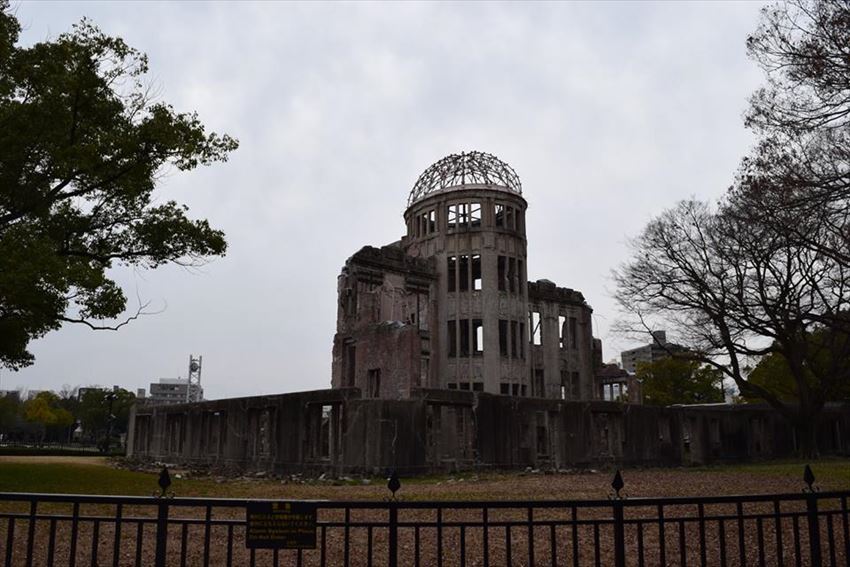
The Hiroshima peace museum was established in 1955 as a means to promote both peace and the eradication of nuclear weapons. The museum houses a number of personal items collected from victims, as well as those who survived the atom bombing of the city. The museum conveys the horror of the bombings by displaying a number pictures of the victims of the bombing. The museum is separated into a number of wings, the east wing is dedicated to Hiroshima prior to the atomic bombings and the west wing provides information on what the overall affect the atomic bombing had on Hiroshima. The museum is open every day 8.30am to 6pm, and the entry fee is 200 yen per person. Listening aids are also provided in a number of languages with exhibit information provided in both Japanese and English. The museum is located in Hiroshima Peace Park which also has a number of statues dedicated to the victims, as well as being close to the genbaku dome which was the striking point of the bomb. Hiroshima peace museum can be accessed via the trams, it takes around 15 minutes from Hiroshima station (dentetsu tram no.2 160 yen).
<Info>
Address: 1-10 Otemachi, Naka Ward, Hiroshima,
Map:
Hiroshima Castle
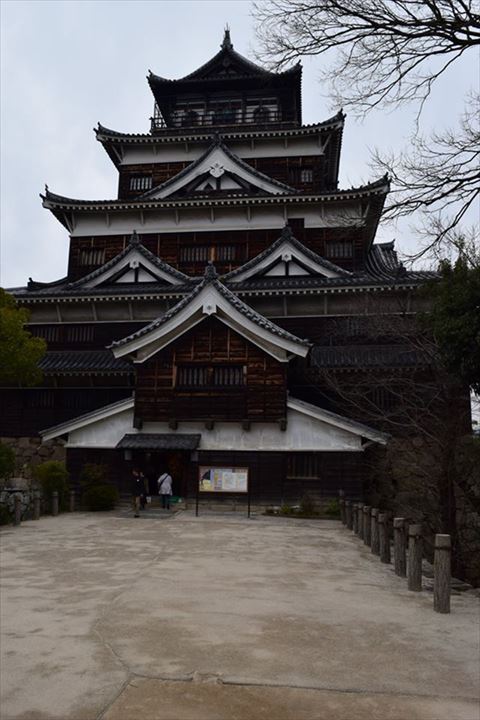
Hiroshima Castle was completed in 1599 by Mori Terumoto one of Toyotomi Hideyoshi’s council of five elders. The castle as a military stronghold was destroyed by the atomic bomb, with the current castle being a reconstruction made through the use of witness statements and architect’s notes. Hiroshima castle was given the title of national treasure in 1931.
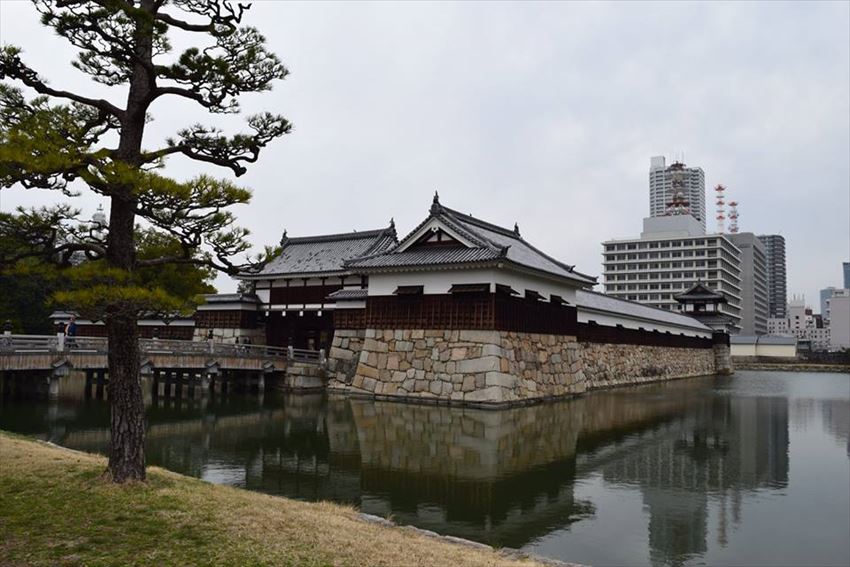
The castle houses a number of samurai weaponry, with the option of taking a free photograph while wearing the armour of a sengoku general. As well these exhibits, the castle contains a number of local art pieces and interactive exhibits. Opening hours vary depending on the time of the year: 9am-6pm (March-November) 9am.-5pm (December-February Weekdays). Entry fee is 360 yen, however if you are a foreign exchange student at a Japanese university you can enter the castle for free, with discounts applied to those from other non-Japanese universities. Be sure to provide your student ID as proof. Hiroshima castle can be accessed via the trams, it takes around 10 minutes from Hiroshima station (Kamiyacho-higashi tram station 160 yen).
<Info>
Map:
Itsukushima shrine (Miyajima)

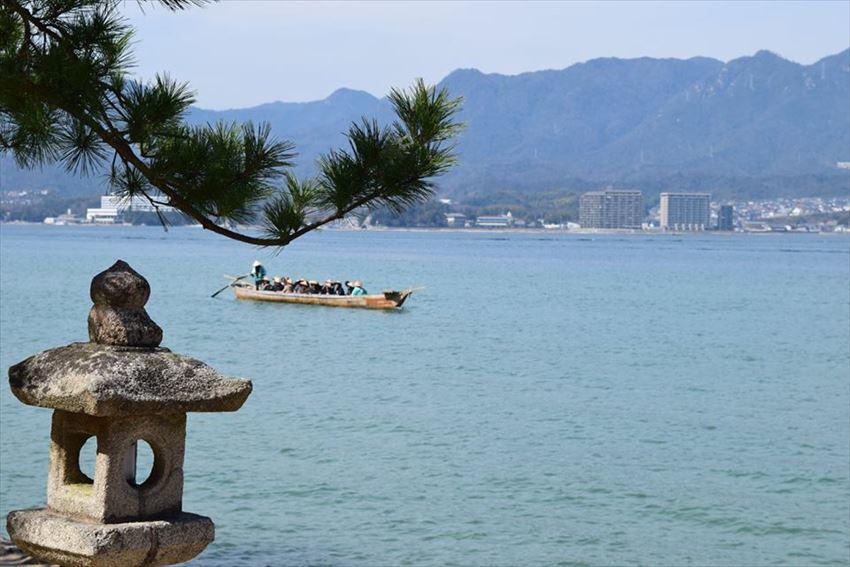
No trip to Hiroshima is complete without a stop off a Miyajima. In reality Miyajima is actually known as Itsukushima literally meaning shrine Island. It is commonly believed that Miyajima is the home of the Gods of Japan and thus is considered sacred. Itsukushima Shrine was first established by Empress Suiko, however it is argued that it was constructed by Taira no Kiyomori. The area is also home to a number of deer who roam around the area. While it is safe to pet the deer as they have had their antlers removed and are known to be more passive than their Nara counterparts, still be sure not to feed them anything as this can lead to starvation.
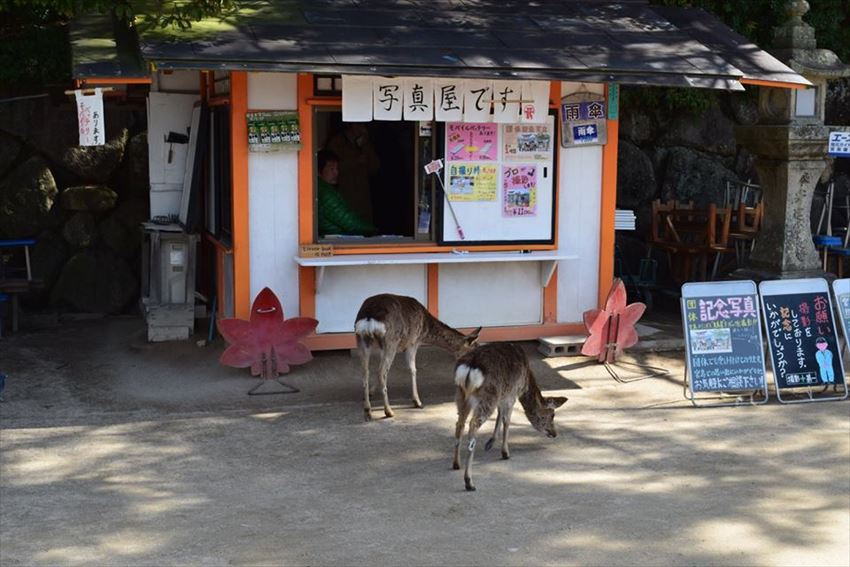
Miyajima is also home to a number of shrines, including the world famous Itsukushima shrine. Adored in red, it is a truly beautiful sight to behold. The shrine and Mon (gate) are built on water, as such from a distance it looks as though the structure is floating on water, almost as if it were dragged from ukiyo-e floating world itself.
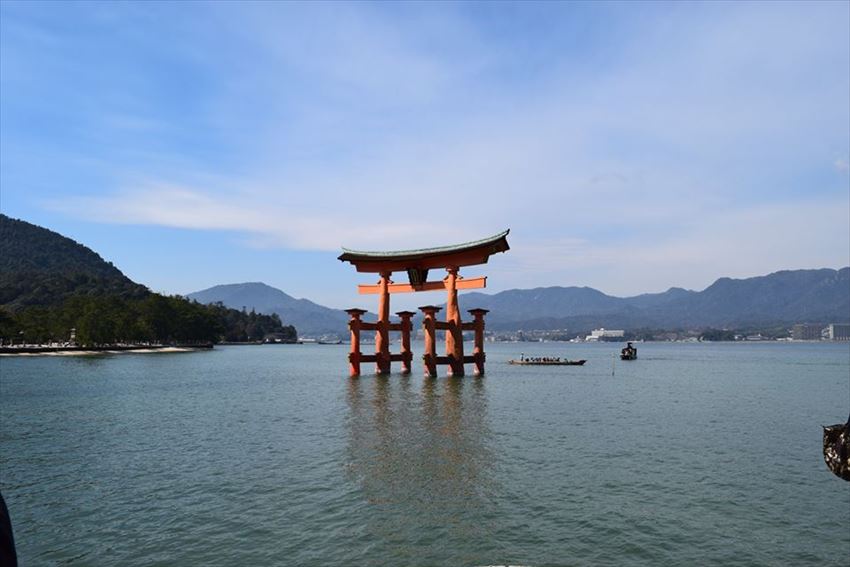
The shrine contains a treasure room, Noh theatre and in many cases it is not out of the ordinary to witness a traditional Shinto wedding taking place. The best time to visit this shrine has to be at sunset as the entire area is illuminated by thousands of lights. As such, as well as enjoying the shrine during the day, it is well worth staying for the evening to witness such a beautiful sight. You can either watch the lights go on from land or sea by paying to board one of the many gondola style boat services provided. Entry to Itsukushima Shrine is 500 yen per person which includes access to the treasure room. From Miyajima boat port to Miyajima island it costs 170 yen by the JR boat service, however it is advisable that you buy the 1 day streetcar & ferry pass which gives you access to a faster, less crowded ferry service offered by Matsudai.
<Info>
Map
Flower Festival
This festival first took place in honour of the Hiroshima Carps baseball team’s first victory in the Japanese nation baseball championship in 1975. Beyond the name this event is host to a number of shows including J-pop concerts and comedians. There are also food vendors from various parts of Japan so be prepared to try as many of the treats on offer. The festival is the first weekend of May, of course the shows are free, but be sure to save up those pennies for the food on offer.
Peace memorial ceremony
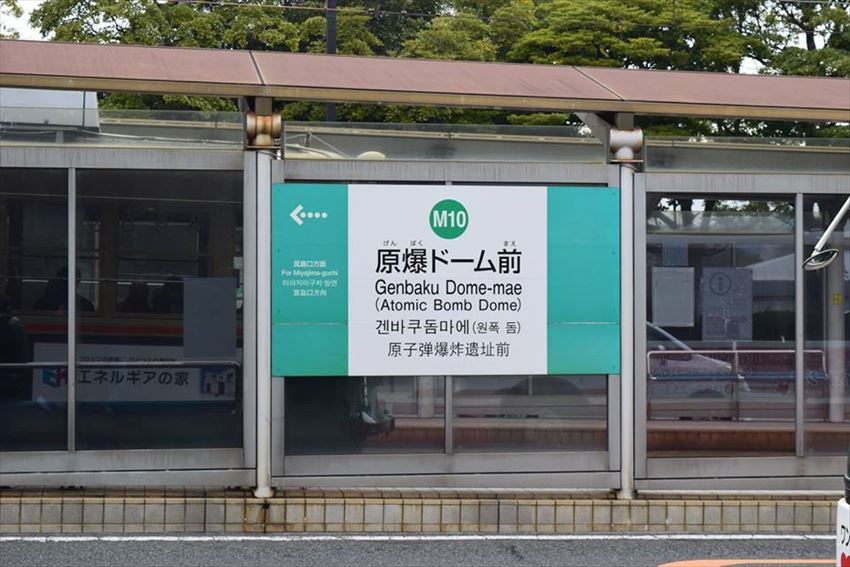
This event is held every year on the anniversary of when the atomic bombings in Hiroshima occurred. The event plays host to many locals, as well as Hibakusha (people affected by the atomic bombings). The ceremony is opened by the mayor of Hiroshima, where upon an air raid siren sounds and is immediately followed by a minutes silence. This ceremony takes place in the morning at the peace memorial park at 8.15 am, then at 8pm by the river park thousands of different coloured lanterns are released into the water. It is believe that these lanterns carry the souls of those who have died to the afterlife. This event is held on the 6th of August 6 and is of course free, so pay your respects if you get the chance.
Food festival
The name gives it away. This food festival is a chance to try the foods of many different areas of Japan, as well as foods from different countries. This includes meats, seafood, vegetarian options and of course desserts, desserts and desserts!!! The event takes places at Hiroshima Castle and Chuo Park during the last weekend of October. Regardless of the time of the year, be sure to try Hiroshima’s famous okonomiyaki. This dish a kind of savoury pancake containing meat, seafood, noodles and cheese and is extremely tasty. For those with allergies Nagata-ya is the ideal place to eat. As well as offering the stable ingredients that have made this dish famous, there is also options for those with allergies, vegetarians, vegans and those of a faith that abstains from the consumption of pork.
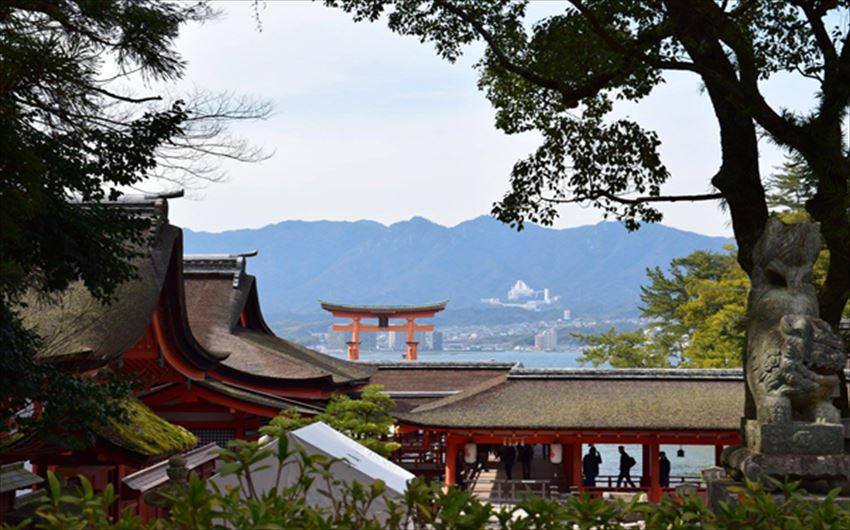

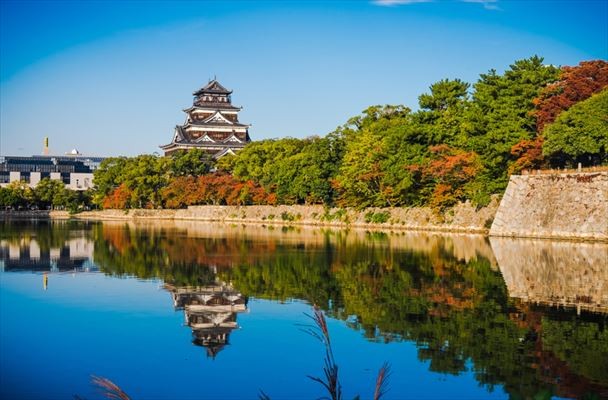
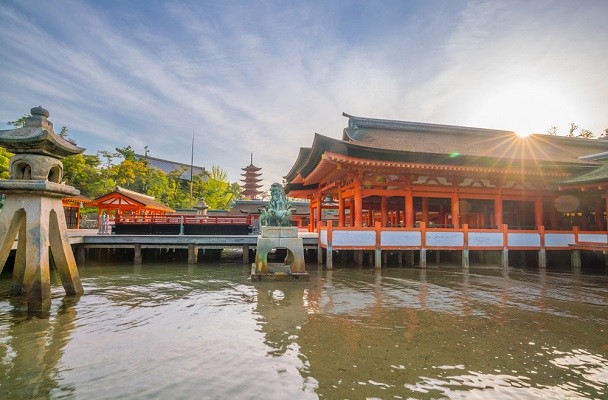
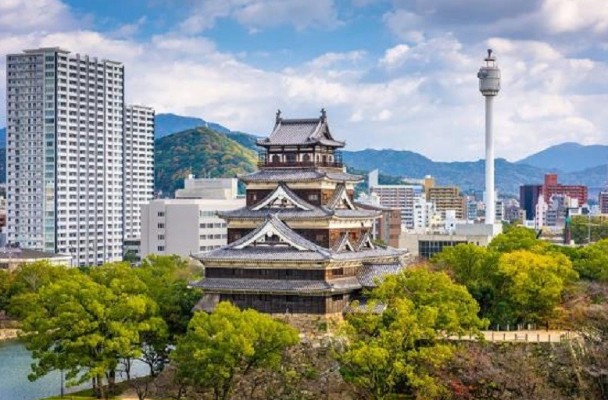
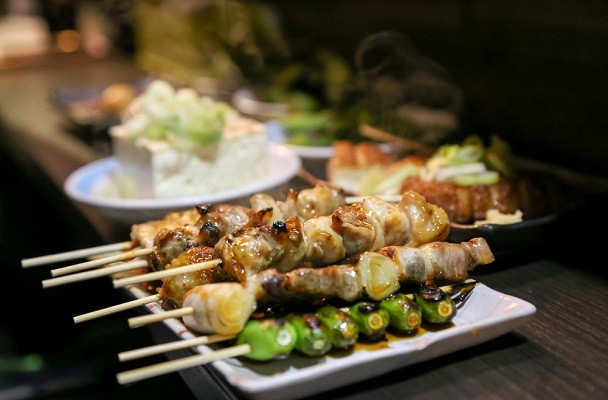
Comments